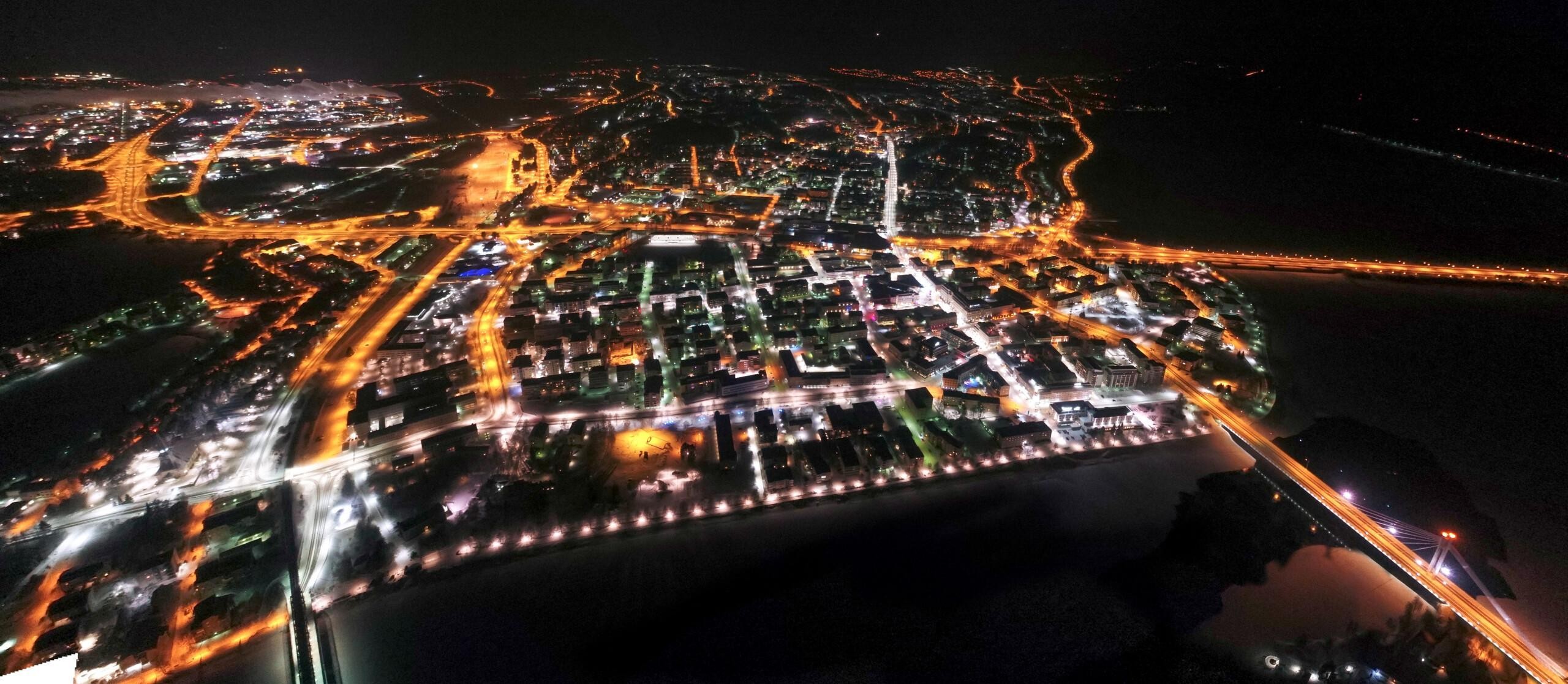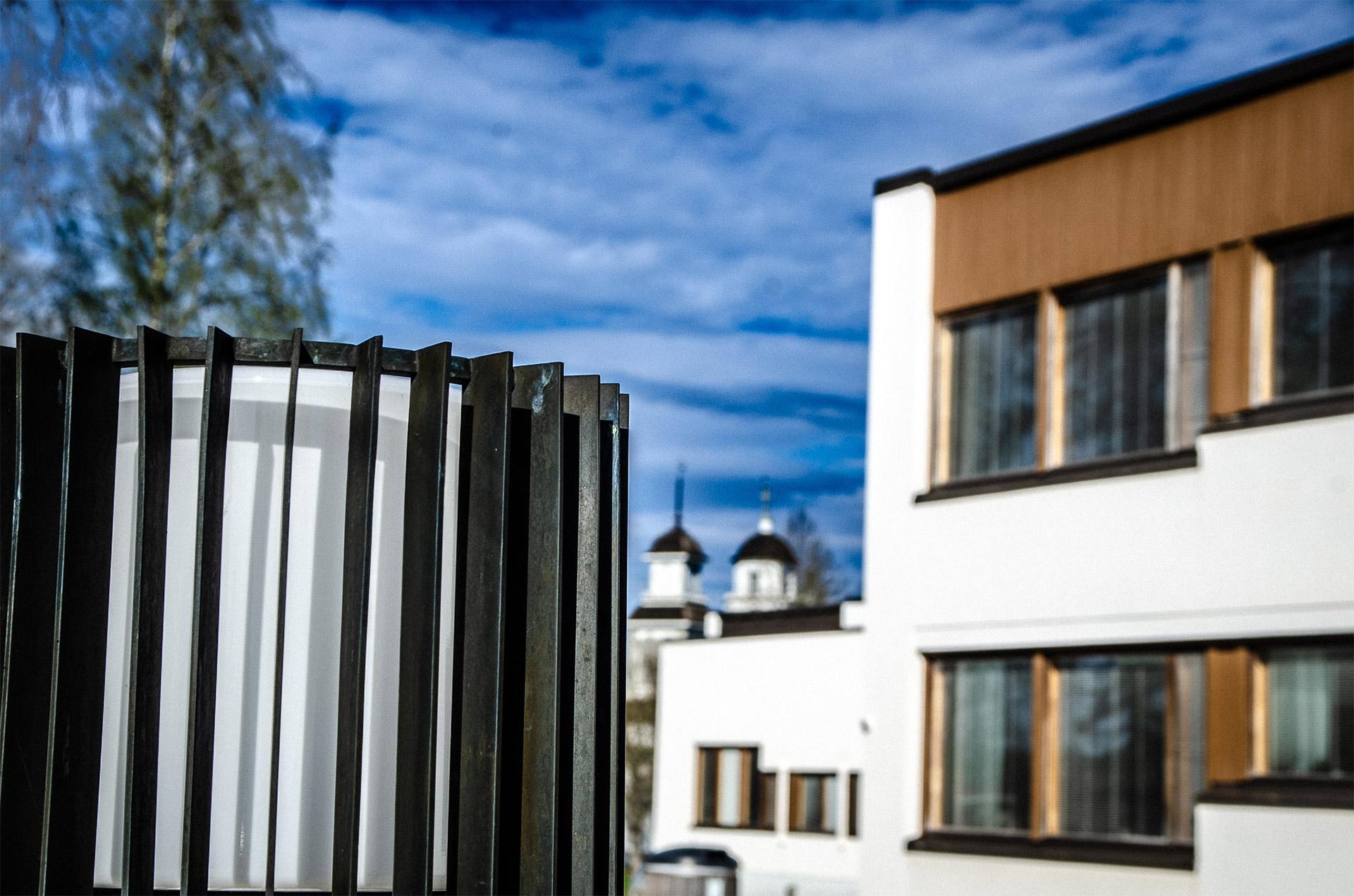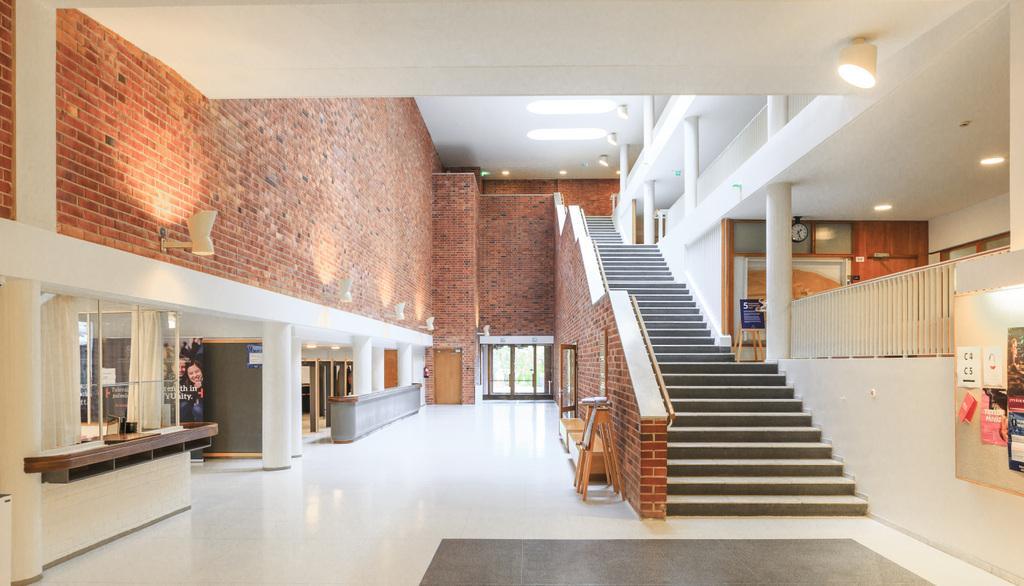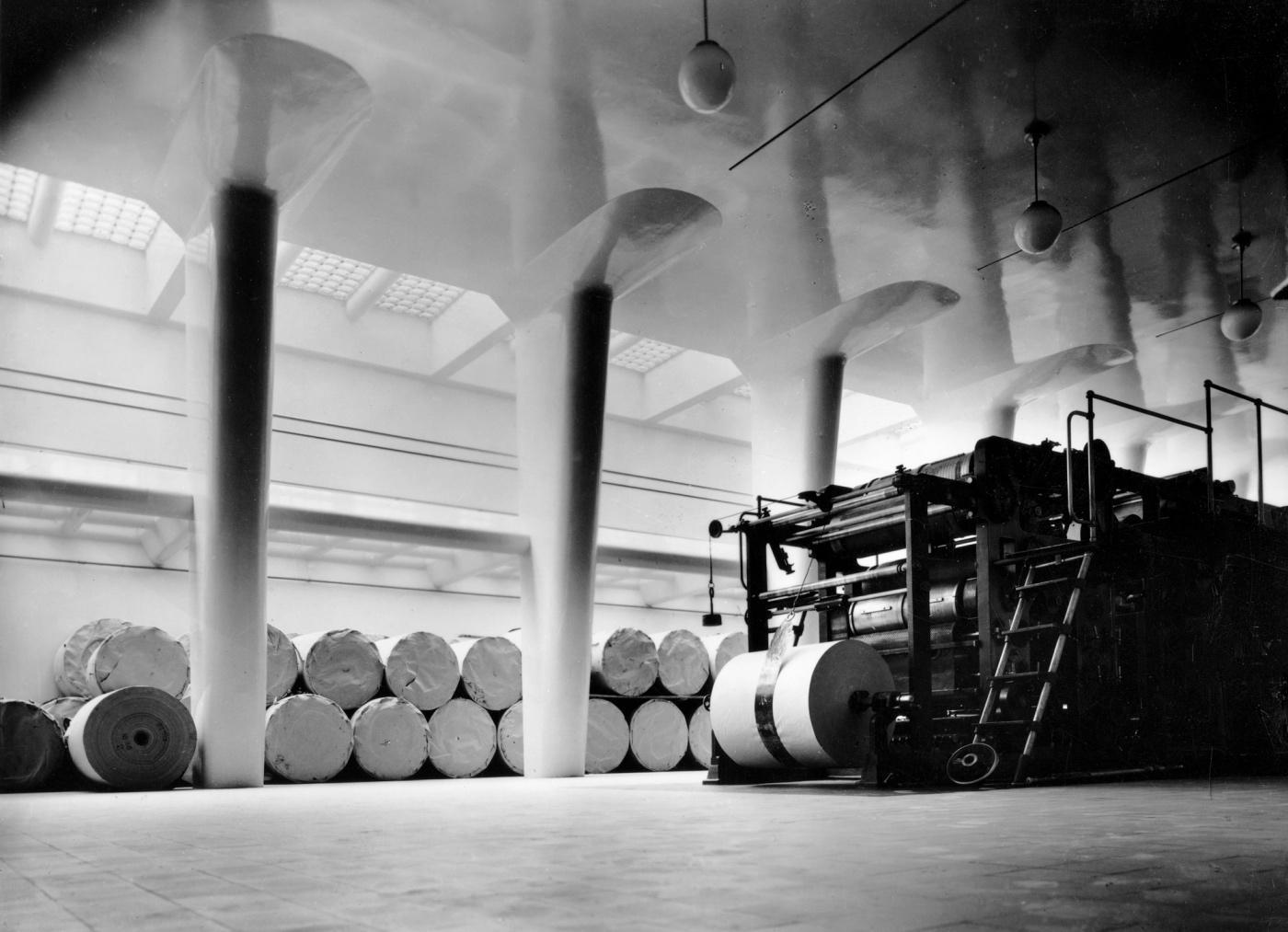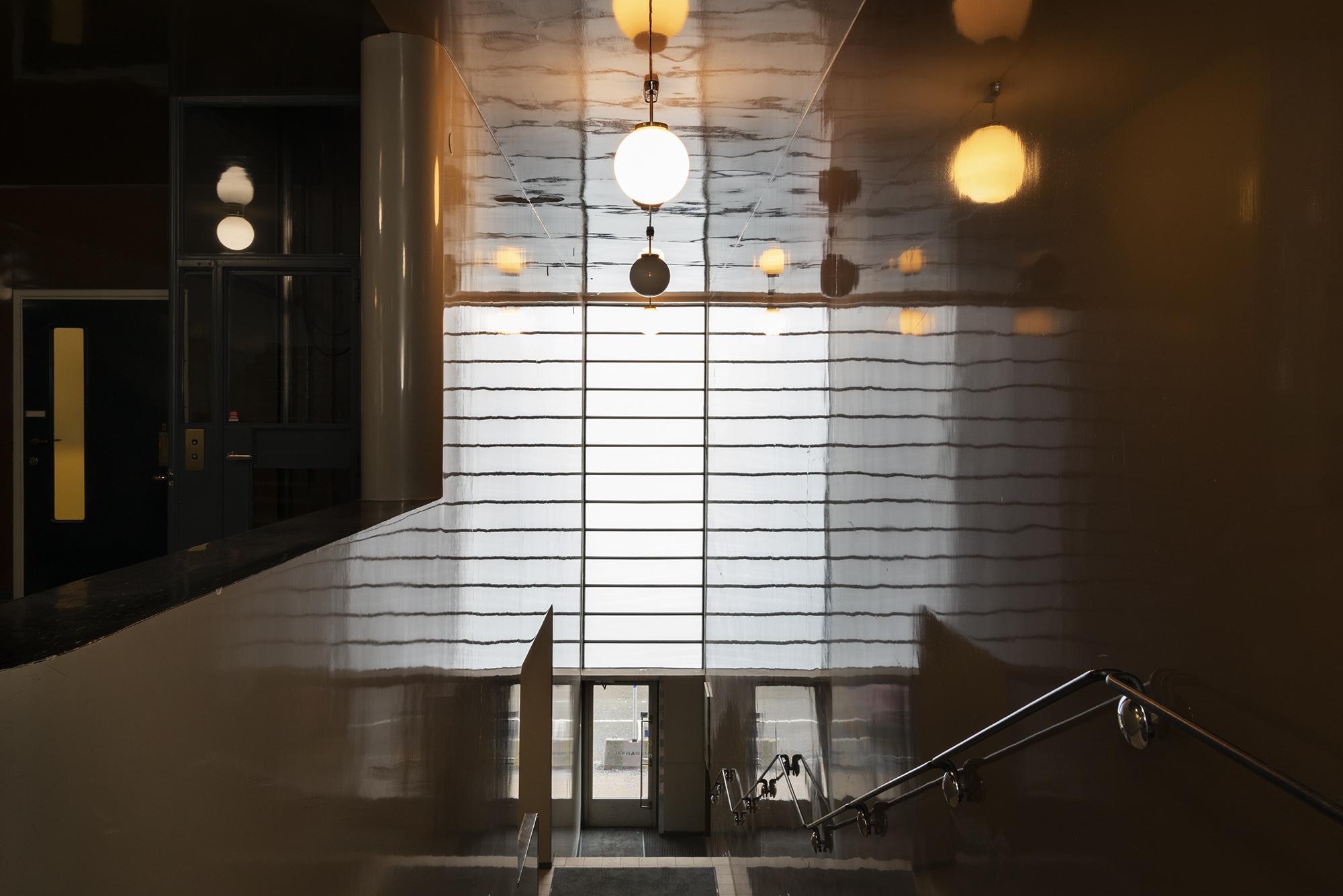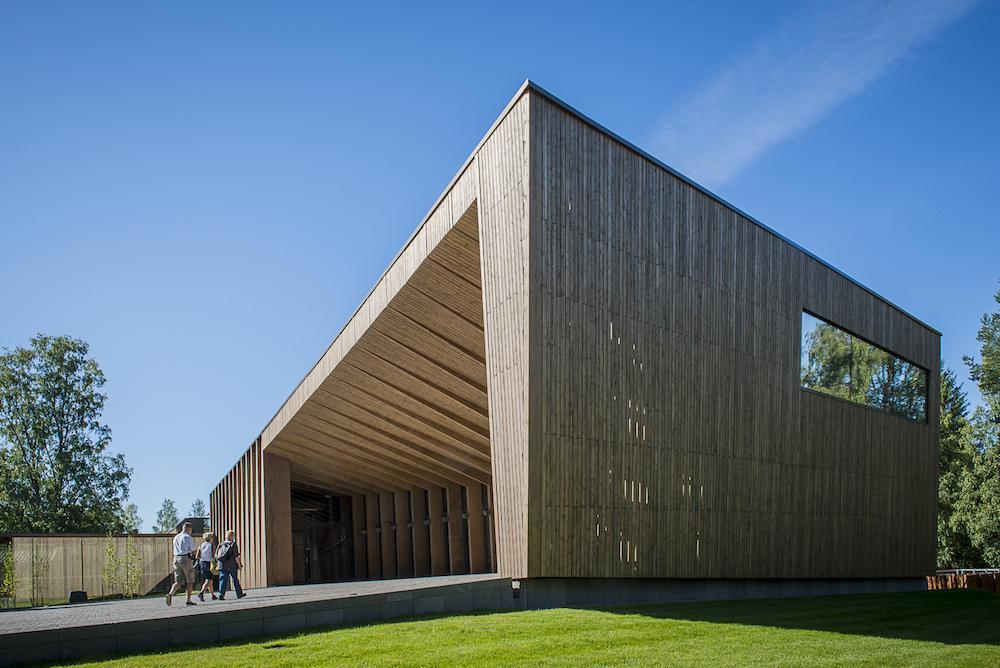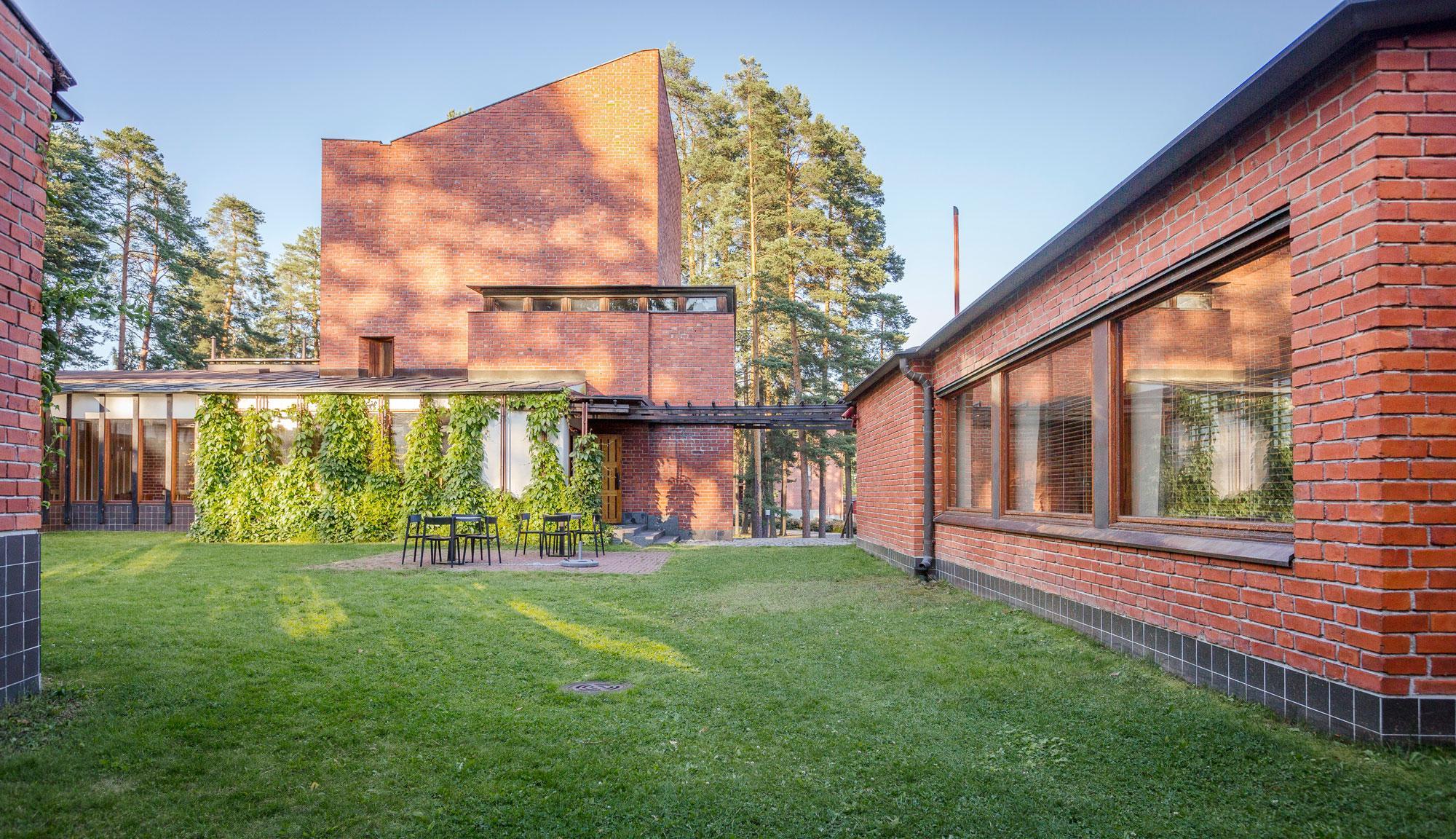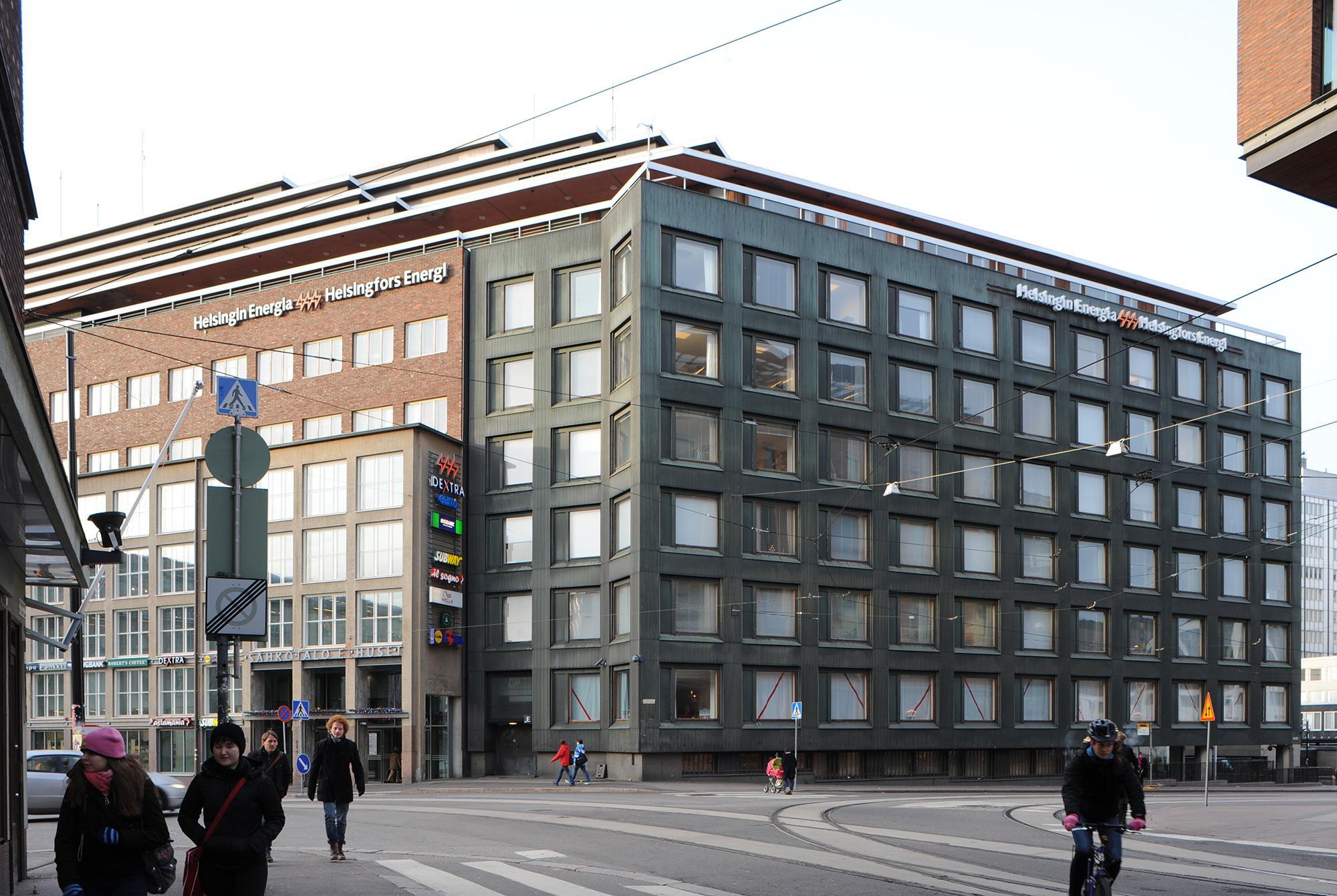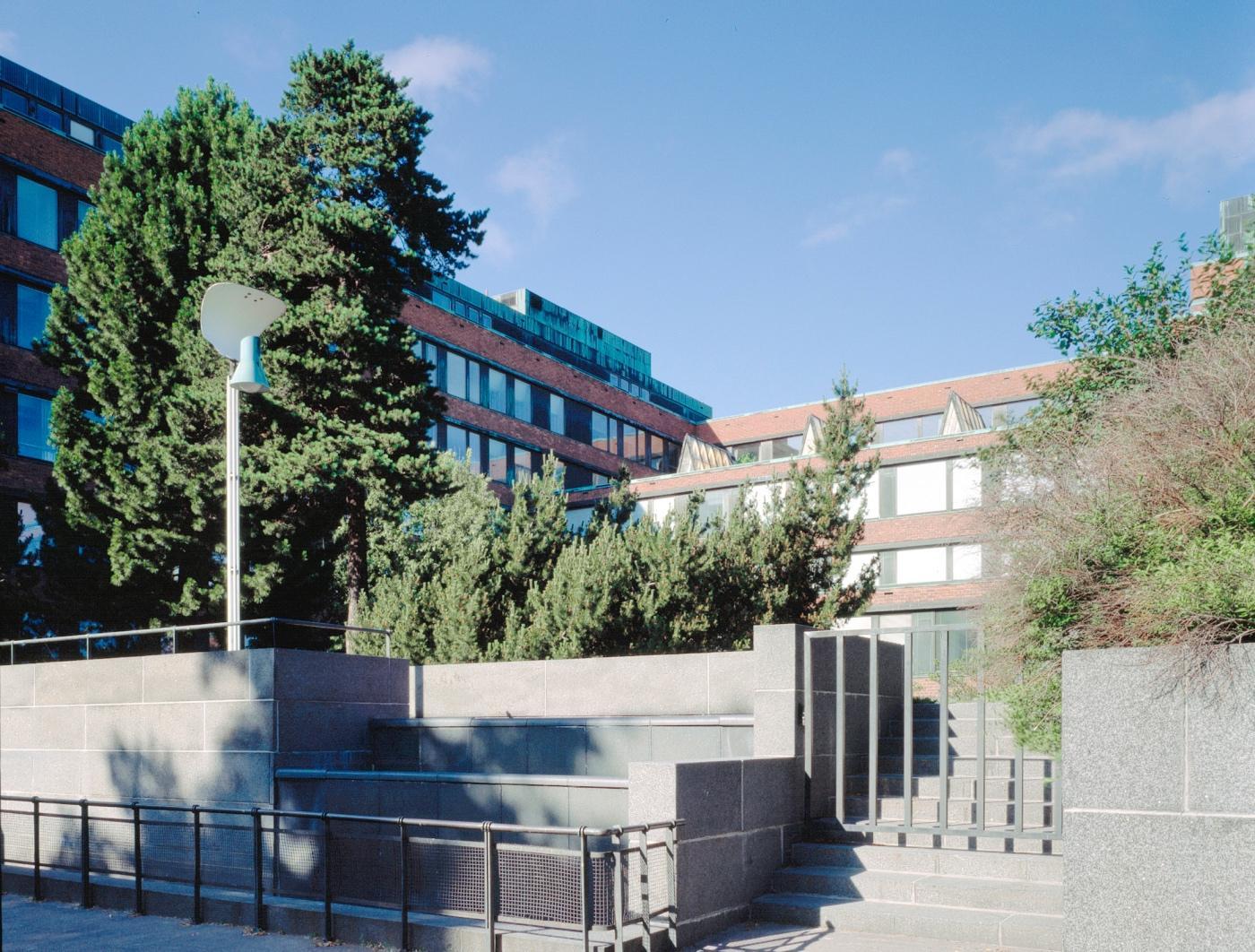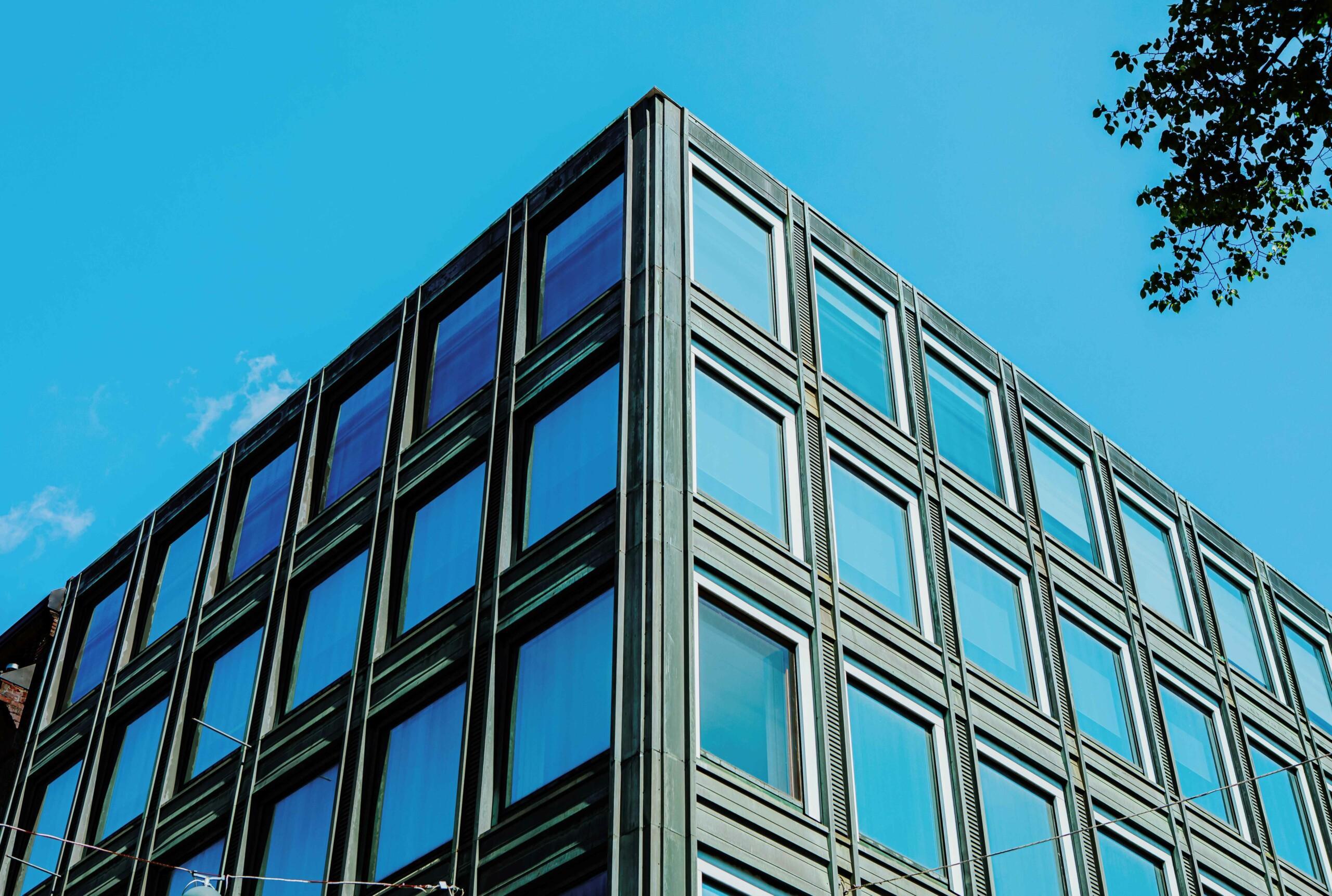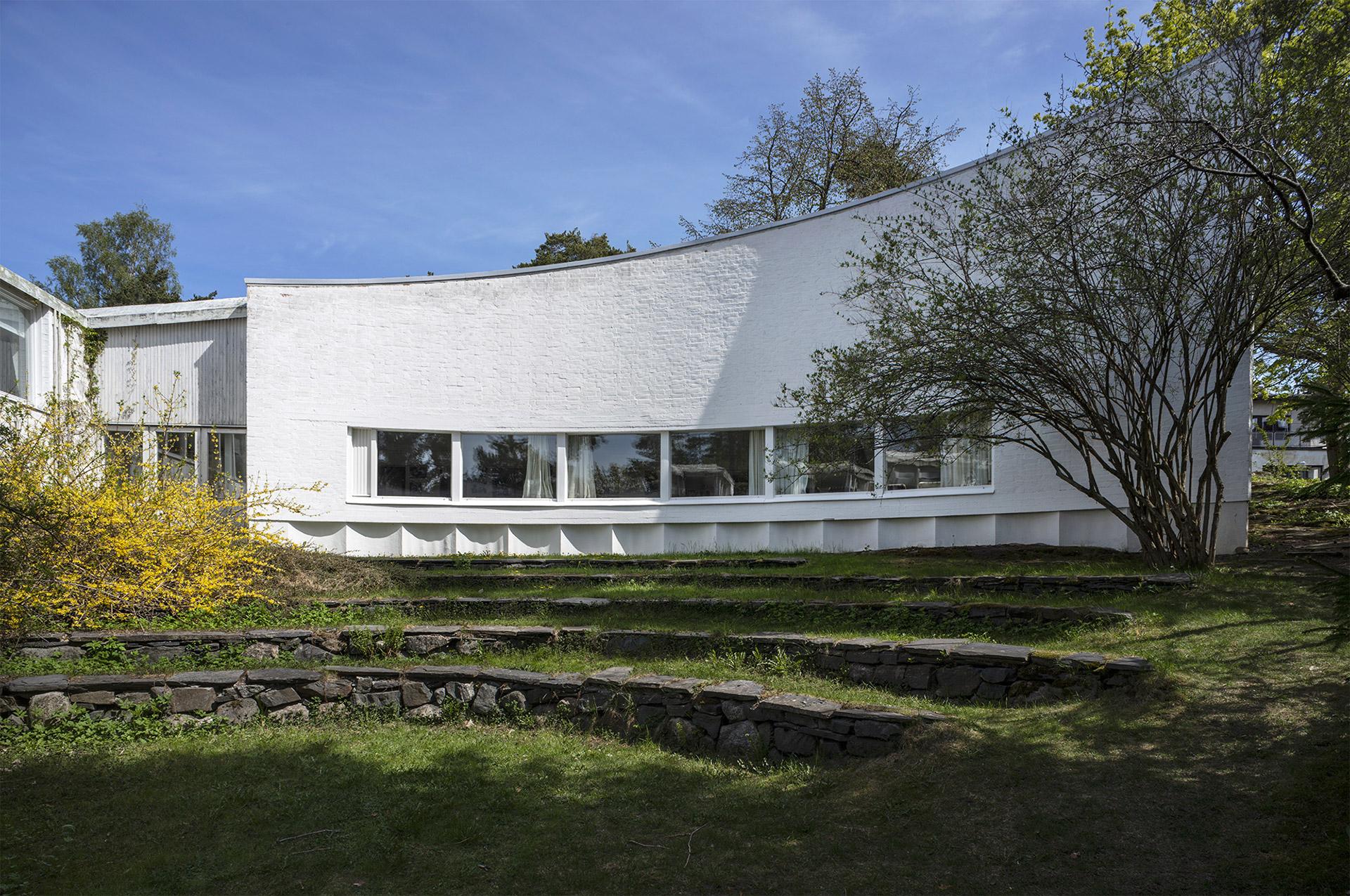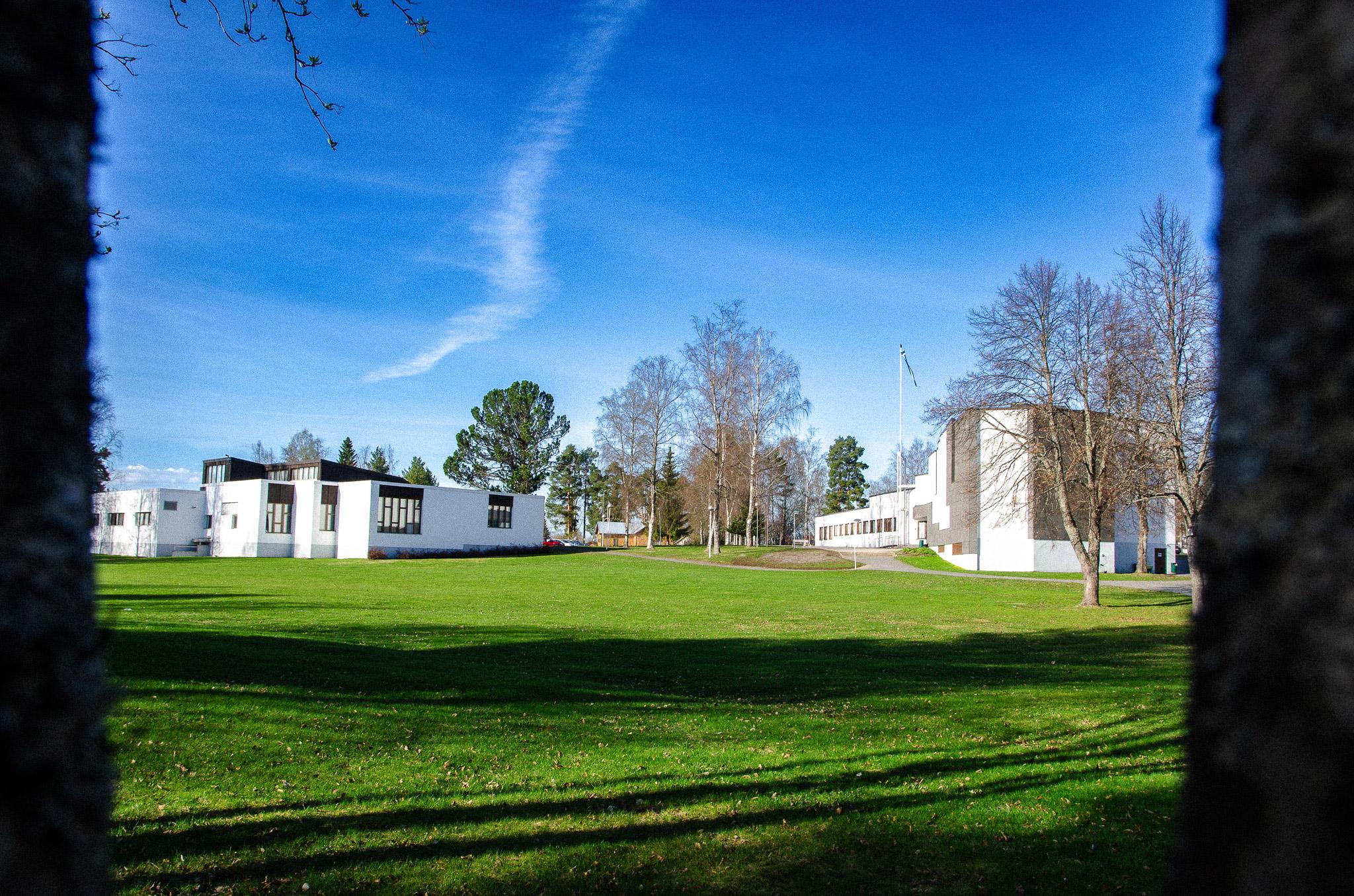Alvar Aalto had strong ties to Lapland throughout his life. Aalto’s operations in Rovaniemi started from the ruins of the town destroyed in the Lapland War. The Second World War ended in Lapland with almost complete destruction. In Rovaniemi, 90 percent of the buildings were destroyed, and a huge reconstruction project was ahead. Alvar Aalto led the reconstruction office of the Finnish Architects’ Association.
In 1945, Aalto drew the famous reindeer antler city plan for Rovaniemi, the basic idea of which was both a strong commitment to nature and flexibility. The plan emphasizes Rovaniemi’s position as a traffic hub in Northern Finland. The plan gets its name from the figure drawn on the map. The roads leading to the north, west and south with parks around them, form the reindeer’s antlers and at the same time together with the Ounasjoki and Kemijoki rivers delimit the city center, which forms the reindeer’s head. The sports field in the center is the eye of the reindeer. Aalto’s original reindeer antler plan was not realized as such, but the figure of the reindeer is still recognizable.
Aalto’s main work in Rovaniemi is the administrative and cultural center – Aalto center – formed by the city library, the congress center Lappia Hall and the City Hall which was already founded in the reindeer antler plan. Aalto also designed residential and commercial buildings for Rovaniemi. The park-like residential area of Korkalorinne is called the Tapiola of Rovaniemi. In the center of Rovaniemi, Aalto designed several buildings for Aho’s businessman family, both for business and residential use.
